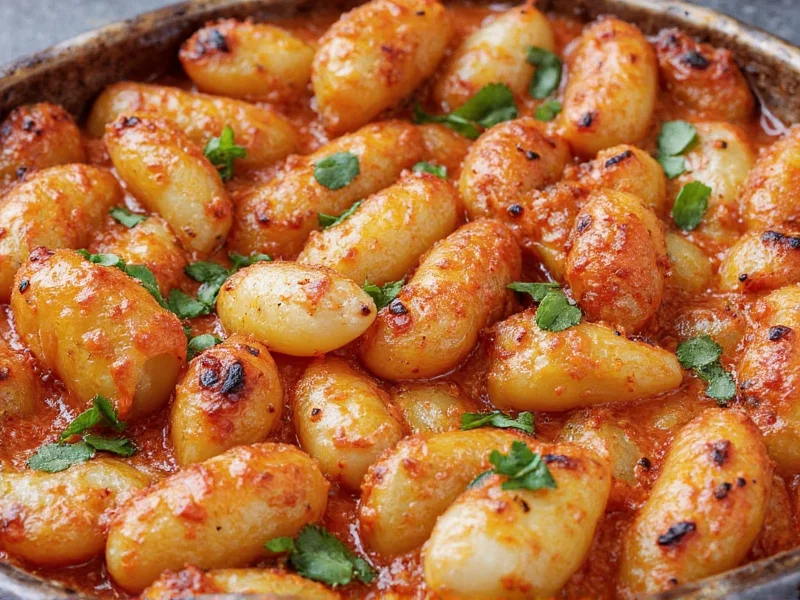Understanding the calorie content of seasonings is essential for accurate dietary tracking. While basic spices and herbs contribute minimal calories, certain prepared seasoning mixes can substantially impact your daily intake. Let's explore this topic in detail to help you make informed choices about flavoring your food without compromising your nutritional goals.
Understanding Calorie Content in Seasonings
When examining does seasoning have calories, the answer depends on the specific type of seasoning. Pure, single-ingredient seasonings generally contain minimal calories because you use them in such small quantities. However, commercial seasoning blends often contain additional ingredients that increase their caloric value.
Calorie Breakdown by Seasoning Type
| Seasoning Type | Calories per Teaspoon | Key Ingredients | Dietary Consideration |
|---|---|---|---|
| Salt | 0 | Sodium chloride | No calories but high sodium |
| Black pepper | 3 | Piperine, essential oils | Negligible calories |
| Dried basil | 4 | Plant compounds | Minimal caloric impact |
| Garlic powder | 6 | Dehydrated garlic | Low calorie option |
| Ranch seasoning mix | 25-30 | Milk powder, sugar, oil | Significant calorie contributor |
| Taco seasoning | 10-15 | Sugar, oil, starch | Moderate calorie content |
| Curry powder | 8-12 | Spice blend | Generally low calorie |
Why Most Basic Seasonings Have Minimal Calories
Single-ingredient spices and herbs contain primarily fiber and water with trace amounts of carbohydrates. When you use just a pinch or teaspoon, the calorie content of common seasonings becomes virtually insignificant in your overall diet. For example, one teaspoon of ground cinnamon contains about 6 calories, but you typically use far less than a full teaspoon when seasoning foods.
The reason pure seasonings have such low caloric value relates to serving size. Most spice measurements in recipes are fractions of a teaspoon. When calculating do spices add calories to food, remember that 1/8 teaspoon of most dried herbs contains less than 1 calorie.
Seasoning Blends That Add Significant Calories
Be cautious with prepared seasoning mixes, as many contain added ingredients that increase calorie content substantially. Common culprits include:
- Sugar-containing blends: Many spice rubs and seasoning packets include sugar or corn syrup
- Oil-based seasonings: Salad dressings and marinades often use oil as a base
- Dairy-containing mixes: Ranch, cheese, and creamy seasoning blends
- Starch-thickened blends: Gravy mixes and sauce seasonings
A single serving of store-bought taco seasoning (about 2 tablespoons) can contain 30-50 calories, primarily from added sugar and starch. When preparing multiple servings of food, these seasoning packets calories can accumulate quickly.
Measuring Seasoning Impact on Your Diet
For most people tracking calories, basic spices and herbs don't require counting. However, if you're following a very strict diet or using large quantities of seasoning blends, consider these guidelines:
- Read nutrition labels on commercial seasoning products
- Make your own blends using pure spices to control ingredients
- Measure portions when using high-calorie seasoning mixes
- Account for oil-based seasonings like salad dressings and marinades
When evaluating do seasoning packets have calories, always check the serving size on the package. Many seasoning packets list nutrition information for a single serving, but recipes often call for multiple packets.
Practical Tips for Calorie-Conscious Seasoning
If you're monitoring your calorie intake closely, try these strategies:
- Use fresh herbs instead of dried when possible—they contain even fewer calories per serving
- Create your own spice blends without added sugar or starch
- Enhance flavors with citrus zest, vinegar, or mustard instead of high-calorie sauces
- When using oil-based dressings, measure rather than pouring directly from the bottle
- Consider the cumulative effect when seasoning multiple servings of food
Special Dietary Considerations
Certain diets require more careful attention to seasoning calories:
- Keto dieters should watch for sugar in seasoning blends
- Low-sodium diets may need salt-free herb blends
- Diabetics should be aware of hidden sugars in many commercial seasonings
- Weight loss programs with strict calorie limits may need to account for high-calorie seasoning blends
For those following extremely precise dietary protocols, even the minimal calories in pure spices might warrant tracking. However, for most people, the nutritional value of herbs and spices far outweighs their negligible caloric contribution.
Conclusion
While pure seasonings like salt, pepper, and individual dried herbs contain minimal calories, prepared seasoning blends often include calorie-contributing ingredients. Understanding the difference between basic spices and complex seasoning mixes helps you make informed choices about flavoring your food while maintaining your dietary goals. When considering does seasoning have calories, always check the specific product's nutrition information for accurate tracking.











 浙公网安备
33010002000092号
浙公网安备
33010002000092号 浙B2-20120091-4
浙B2-20120091-4